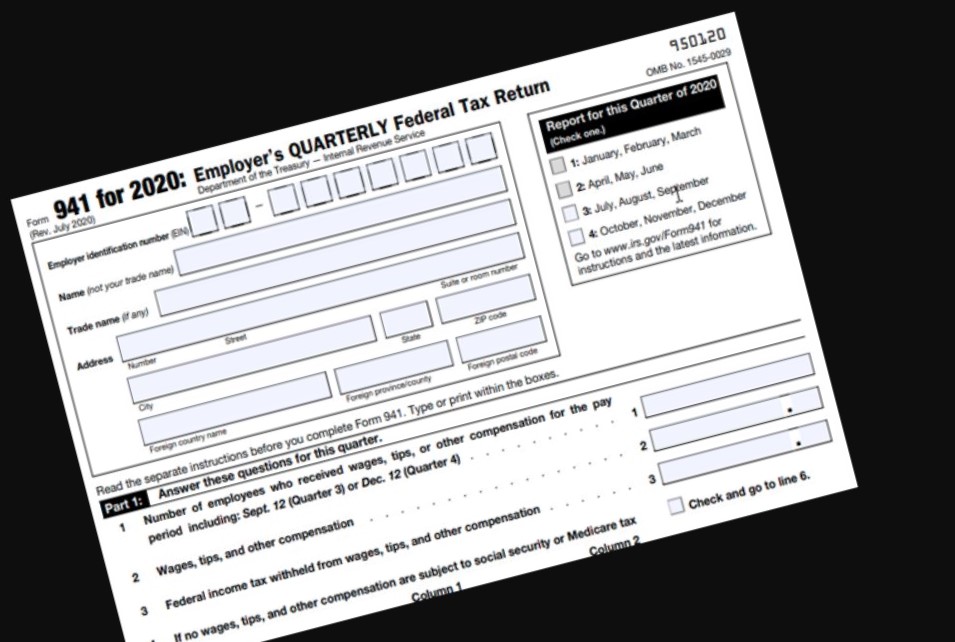Whether you were already taking advantage of the Employee Retention Credit or did not qualify, the passage of the Consolidated Appropriations Act of 2021 has brought this payroll tax credit back into the conversation. The following is intended to give you an overview of the credit, how it has changed, and how it might impact your business. The credit could be significant for your business, and even if you received the PPP loan, you might now qualify.
Definition:
The Employee Retention Credit (ERC) was part of the CARES Act which allows an employer to claim a refundable tax credit towards their employment tax payments (FICA payments). Not only might you qualify for a 2021 tax credit, you might qualify for retroactive credits for 2020.
Qualifying Business:
Original Act:
A qualifying business is one in which had operations in 2020 who experienced either:
- Gross receipts in 2020 that were less than 50% of those for the same quarter in 2019, or
- A full or partial suspension of operations in any calendar quarter in 2020 due to government mandates relating to COVID-19.
Updated Act:
A qualifying business is one in which had operations in 2020 or 2021 who experienced either:
- Gross receipts in 2020 that were less than 50% of those for the same quarter in 2019, or
- Gross receipts from 1/1/21 thru 6/30/21 that were less than 80% of those for the same quarter in 2019, or
- A full or partial suspension of operations in any calendar quarter in 2020 due to government mandates relating to COVID-19, or
- A full or partial suspension of operations between 1/1/21 thru 6/30/21 due to government mandates relating to COVID-19.
- Tax-exempt organizations eligible under IRC § 501(c)(3) that have had their operations either fully or partially suspended due to a shutdown.
Time period:
Original Act:
The qualifying time period is for wages paid after March 12, 2020 and before January 1, 2021.
Updated Act:
The qualifying time period is for wages paid after March 12, 2020 and before July 1, 2021.
Qualifying wages:
Qualifying wages are determined based on how many employees the business has.
Original Act:
- If the business had an average of 100 or fewer full time employees in 2019, even if those employees were not providing services, the eligible wages are wages and health care costs paid to employees during times of full or partial suspension of operations due to COVID-19, or when the business had a qualifying decline in gross receipts.
- If the business had an average of more than 100 full time employees in 2019, and the employees were not providing services, the eligible wages are wages and certain health care costs paid to employees during times of full or partial suspension of operations due to COVID-19, or when the business had a qualifying decline in gross receipts. The amount of wages considered can only be the amount the employee would have received for working the previous 30 days before the hardship. If the employees were providing services, they do not have qualifying wages.
Updated Act:
Beginning January 1, 2021:
- If the business had an average of 500 or fewer full time employees in 2019, even if those employees were or were not providing services, the eligible wages are wages and health care costs paid to employees during times of full or partial suspension of operations due to COVID-19, or when the business had a qualifying decline in gross receipts.
- If the business had an average of more than 500 full time employees in 2019, and the employees were not providing services, the eligible wages are wages and certain health care costs paid to employees during times of full or partial suspension of operations due to COVID-19, or when the business had a qualifying decline in gross receipts. If the employees were providing services, they do not have qualifying wages.
Amount of credit:
Original Act:
- If the business had an average of 100 or fewer full-time employees in 2019, the credit is 50% of qualified wages, including health plan costs, paid to an employee, up to $10,000 for the year. This gives the employer a maximum credit of $5,000 (50%*$10,000) per employee.
- If the business had an average of more than 100 full time employees in 2019, the credit is 50% of qualified wages (including certain health plan costs), paid to an employee, up to $10,000 for the year. This gives the employer a maximum credit of $5,000 (50%*$10,000) per employee.
Updated Act:
Retroactive from March 13, 2020 thru December 31, 2020:
- Businesses are now eligible even if they receive PPP funding. However, businesses are not allowed to “double dip” on covered wages for the PPP loan forgiveness.
- At this time, we are awaiting guidance from the IRS on how employers will be able to take advantage of these retroactive credits.
From January 1, 2021 thru June 30, 2021:
- If the business had an average of 100 or fewer full-time employees in 2019, the credit is 70% of qualified wages, including health plan costs, paid to an employee, up to $10,000 each quarter. This gives the employer a maximum credit of $7,000 (70%*$10,000), per employee, per quarter, for a total of a possible $14,000.
- If the business had an average of more than 100 full time employees in 2019, the credit is 70% of qualified wages (including certain health plan costs), paid to an employee, up to $10,000 each quarter. This gives the employer a maximum credit of $7,000 (70%*$10,000), per employee, per quarter, for a total of a possible $14,000.
- Businesses are now eligible even if they receive PPP funding. However, businesses are not allowed to “double dip” on covered wages for the PPP loan forgiveness.
Exclusions:
Original Act:
The business may not be eligible to claim a portion or the full Employee Retention Credit (ERC) if any of the following apply:
- If they received a Small Business Interruption Loan under the Paycheck Protection Program, they are not eligible for the ERC.
- Any wages where the business received a tax credit for paid sick and family leave under Families First Coronavirus Response Act cannot be used as qualifying wages.
- Any wages that were paid under the paid family and medical leave, § 45S of the Internal Revenue Code cannot be used as qualifying wages.
- If the employee receives the Work Opportunity Tax Credit, § 51 of the Internal Revenue Code, they are not eligible employees for the ERC.
Updated Act:
The business may not be eligible to claim a portion or the full Employee Retention Credit (ERC) if any of the following apply:
- Any wages used to receive a Small Business Interruption Loan under the Paycheck Protection Program, however wages that were not used to claim the PPP can be used for the ERC.
- Any wages where the business received a tax credit for paid sick and family leave under Families First Coronavirus Response Act cannot be used as qualifying wages.
- Any wages that were paid under the paid family and medical leave, § 45S of the Internal Revenue Code cannot be used as qualifying wages.
- If the employee receives the Work Opportunity Tax Credit, § 51 of the Internal Revenue Code, they are not eligible employees for the ERC.
Conclusion
While you still have time before filing for this credit, we recommend starting the planning process now. Be sure to follow us on all the social media platforms to stay current with all things COVID-19 and tax related issues. If you have questions on any of these topics, please give us a call at (503) 277-0581.
Author: Brian Rapp, Principal




